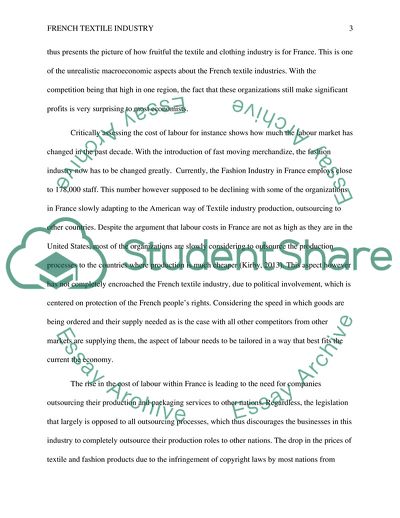Cite this document
(Made In France: industry change in the textile industry and political Research Paper, n.d.)
Made In France: industry change in the textile industry and political Research Paper. https://studentshare.org/macro-microeconomics/1821657-made-in-france-industry-change-in-the-textile-industry-and-political-messages
Made In France: industry change in the textile industry and political Research Paper. https://studentshare.org/macro-microeconomics/1821657-made-in-france-industry-change-in-the-textile-industry-and-political-messages
(Made In France: Industry Change in the Textile Industry and Political Research Paper)
Made In France: Industry Change in the Textile Industry and Political Research Paper. https://studentshare.org/macro-microeconomics/1821657-made-in-france-industry-change-in-the-textile-industry-and-political-messages.
Made In France: Industry Change in the Textile Industry and Political Research Paper. https://studentshare.org/macro-microeconomics/1821657-made-in-france-industry-change-in-the-textile-industry-and-political-messages.
“Made In France: Industry Change in the Textile Industry and Political Research Paper”. https://studentshare.org/macro-microeconomics/1821657-made-in-france-industry-change-in-the-textile-industry-and-political-messages.


